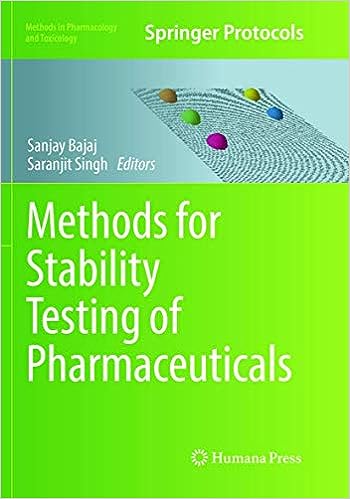Summary: FDA Guidance Q1E – Evaluation of Stability Data
The “FDA Guidance for Industry: Q1E Evaluation of Stability Data” is a critical resource that outlines principles and recommendations for the evaluation of stability data generated during the testing of drug substances and products. This guidance plays a pivotal role in ensuring the reliability of stability data, supporting regulatory submissions, and safeguarding the quality, safety, and efficacy of pharmaceutical products.
Background and Objectives:
FDA Guidance Q1E is designed to provide pharmaceutical manufacturers with a comprehensive framework for evaluating stability data. The primary objective is to ensure that stability studies are conducted rigorously and that
Key Aspects of the Guidance:
The guidance covers several essential aspects related to the evaluation of stability data:
Data Analysis and Interpretation:
FDA Guidance Q1E emphasizes the importance of thorough data analysis. Stability data should be evaluated using statistical methods to identify trends, potential degradation patterns, and any inconsistencies. This analysis provides insights into the product’s behavior over time and helps establish reliable conclusions about its stability.
Establishing Shelf-Life:
The guidance provides recommendations for determining the product’s shelf-life based on stability data. This involves extrapolating the behavior observed during stability studies to predict the period during which the product will remain safe and effective under specified storage conditions. Scientific justification is essential for these conclusions.
Acceptance Criteria:
FDA Guidance Q1E highlights the significance of setting appropriate acceptance criteria for stability data. These criteria help define the allowable limits of degradation and changes in product attributes. The establishment of meaningful acceptance criteria ensures that any observed changes are scientifically justified and within acceptable limits.
Storage Conditions and Labeling:
The guidance addresses the importance of correlating stability data with recommended storage conditions and labeling information. Stability data should support storage instructions on product labels, guiding consumers and healthcare professionals on how to store and use the product properly.
Ongoing Stability Studies:
FDA Guidance Q1E acknowledges the need for ongoing stability studies to monitor the long-term behavior of products in real-world conditions. These studies help validate the conclusions drawn from accelerated and long-term stability studies and provide continuous reassurance of product quality and stability.
Regulatory Considerations:
The guidance emphasizes the role of stability data in regulatory submissions. Reliable stability data is essential for demonstrating the quality, safety, and efficacy of pharmaceutical products to regulatory authorities, supporting the approval and marketing of these products.
Global Applicability:
While originating from the FDA, the principles outlined in Q1E have international significance. Regulatory agencies worldwide recognize the importance of robust stability data evaluation, leading to harmonized standards for data assessment and quality assurance.
Benefits and Impact:
The guidance offers numerous benefits to pharmaceutical manufacturers and regulatory authorities. By following the recommended data evaluation procedures, manufacturers can ensure that stability studies are conducted accurately and conclusions are based on reliable data. Regulatory authorities can use the evaluated stability data to make informed decisions about product quality and safety during the review process.
Conclusion:
FDA Guidance Q1E serves as a cornerstone for evaluating stability data generated during the testing of drug substances and products. By adhering to the principles outlined in this guidance, pharmaceutical manufacturers can produce robust stability data that supports regulatory submissions and ensures the availability of safe, effective, and high-quality medicines for patients worldwide. The guidance underscores the FDA’s commitment to upholding the highest standards of product quality and regulatory compliance within the pharmaceutical industry.
